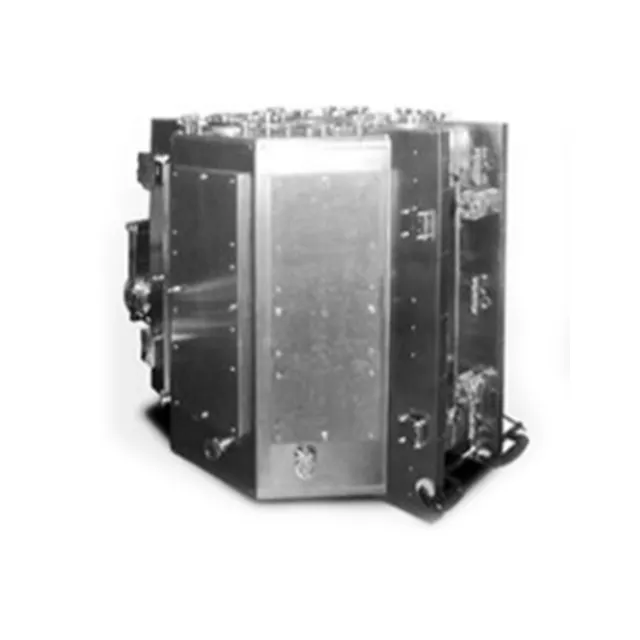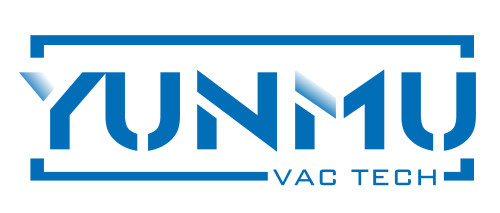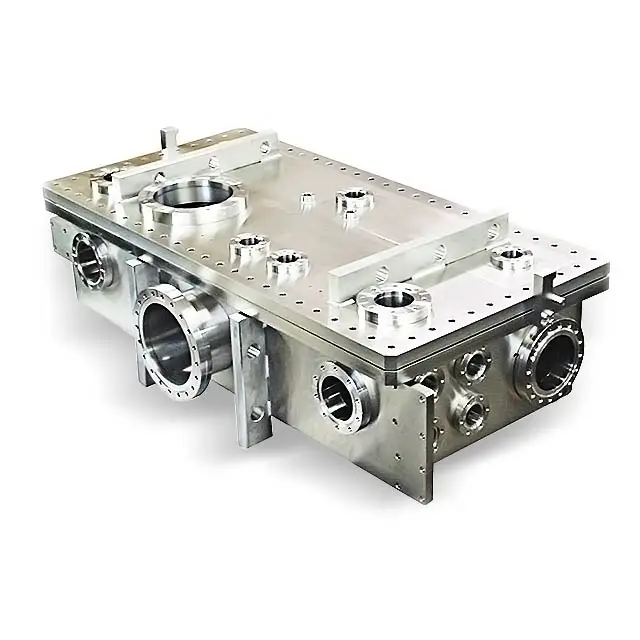Finding the Best Vacuum System for Demanding Operations
Selecting the most suitable vacuum solution for industrial settings requires a thorough understanding of operational needs, process requirements, and long-term efficiency goals. Industrial vacuum equipment is not a one-size-fits-all solution, and choosing the right system can have a significant impact on productivity, safety, and maintenance costs. This article breaks down the key factors you need to consider to ensure your industrial vacuum equipment is the right fit for your specific process.
Understanding the Functionality of Industrial Vacuum Equipment
Key Operational Roles
Industrial vacuum equipment plays an essential role in managing debris, dust, fluids, and hazardous materials in production environments. These tools are engineered to operate in tough conditions while maintaining performance over time. Their roles extend across sectors including manufacturing, pharmaceuticals, food processing, and chemical handling.
For example, in food processing plants, vacuum systems remove residue and particles that can lead to contamination, while in chemical plants they safely handle volatile materials to protect workers and equipment.
Types of Industrial Vacuum Equipment
Different types of industrial vacuum equipment serve various functions. Wet and dry vacuums are common for general cleaning, while central vacuum systems are often used in large facilities for high-volume applications. Explosion-proof vacuums are necessary in environments with combustible dust or fumes.
Each type varies in construction, filtration systems, and power, meaning the application should drive the selection. Analyzing where and how the equipment will be used helps in narrowing down the most suitable option.
Factors to Consider When Choosing Industrial Vacuum Equipment
Material Type and Volume
Understanding the type of material being collected is crucial. Fine dust, sticky substances, metal shavings, or corrosive fluids all require different configurations of industrial vacuum equipment. High-volume tasks demand vacuums with larger capacity tanks and continuous operation capabilities.
Equipment built to handle these specific material characteristics ensures optimal collection efficiency and reduces wear on components.
Environment and Safety Compliance
Industrial environments often require vacuums that meet stringent safety and environmental regulations. For example, OSHA and NFPA compliance may be mandatory for vacuums used in explosive atmospheres or hazardous locations.
Choosing industrial vacuum equipment that complies with safety standards protects your workforce and helps your facility pass inspections. It also reduces liability and potential downtime due to accidents or equipment failure.
Technical Specifications That Matter
Suction Power and Filtration
The power of an industrial vacuum system determines its ability to handle challenging materials and cover large surface areas efficiently. High suction power ensures effective collection of both light and heavy debris.
Equally important is the filtration system. HEPA filters, multi-stage filtration, and cyclone separators increase collection efficiency and protect motor components from dust and particulates.
Portability and Mounting Options
Depending on your workflow, you may need mobile or fixed industrial vacuum equipment. Portable units are beneficial in flexible workspaces where cleaning points vary. Conversely, mounted or centralized systems offer continuous collection across fixed stations and often connect to multiple tools or machines.
Carefully evaluate your workflow layout to choose the right combination of mobility and permanence.

Operational Efficiency and Maintenance
Energy Consumption and Cost Efficiency
Modern industrial vacuum equipment is designed with energy efficiency in mind. Selecting systems that use advanced motor technologies and automated controls can significantly reduce operational costs over time.
Cost-effective does not always mean the cheapest upfront investment. Consider lifecycle costs, including power consumption, maintenance, and parts replacement when evaluating value.
Maintenance Requirements and Durability
Look for equipment with accessible parts, modular designs, and built-in diagnostics for easier troubleshooting. Durability also depends on the construction materials—stainless steel or heavy-duty polymer housings last longer in harsh conditions.
Regular maintenance schedules and availability of spare parts play a big role in minimizing downtime and extending equipment life.
Customization and Integration
Tailoring to Specific Applications
Some industrial processes require tailored vacuum systems. Custom nozzles, filtration stages, hose lengths, or even automation features can be configured to match your specific process needs. Choosing vendors that offer customizable solutions adds flexibility.
Customized industrial vacuum equipment ensures a seamless fit with your existing workflow, leading to greater productivity.
Integration with Existing Infrastructure
Compatibility with your current systems, including central collection points or automated production lines, is another essential consideration. The ability to integrate with minimal disruption enhances process flow.
Evaluate whether the vacuum equipment communicates with your digital systems, offers remote monitoring, or can be controlled via existing control panels.
Evaluating Long-Term Return on Investment
Total Cost of Ownership
Consider more than the sticker price. Factor in energy usage, maintenance, consumables, training, and expected life span. An industrial vacuum system that seems expensive at first may offer lower overall costs through efficiency and reliability.
Smart investment decisions balance initial outlay with long-term performance.
Vendor Support and Warranty
Reliable vendor support is invaluable. From installation guidance to after-sales service, a knowledgeable team can help optimize performance and resolve issues quickly.
Ensure the industrial vacuum equipment comes with a strong warranty and access to technical support. These elements reduce risk and protect your investment.
Benefits of the Right Industrial Vacuum Equipment
Improved Workplace Safety
Proper vacuum systems minimize exposure to harmful particles, liquids, and fumes. By removing hazardous materials at the source, they protect workers and maintain a clean, compliant workspace.
Cleaner environments also lead to fewer accidents, less equipment wear, and improved overall morale.
Increased Productivity and Efficiency
Effective material collection reduces downtime caused by cleanup or contamination. Industrial vacuum equipment that is tailored to your process ensures faster operations and better results.
Streamlined processes and less manual cleaning contribute directly to operational efficiency.
Frequently Asked Questions
What makes industrial vacuum equipment different from regular vacuums?
Industrial vacuum equipment is designed for heavy-duty tasks, capable of handling larger volumes and more hazardous materials than household or commercial vacuums. They offer higher suction power, more durable construction, and specialized filtration systems.
How do I choose the right industrial vacuum equipment for my application?
Start by assessing the type of material you need to collect, the volume, and the environment in which the vacuum will operate. Consider technical specs like suction power, mobility, and safety standards, then match these with your operational goals.
Can industrial vacuum equipment be customized?
Yes, many manufacturers offer customizable features such as hose length, nozzle design, filtration stages, and mobility options to better fit your specific process requirements.
What kind of maintenance does industrial vacuum equipment need?
Routine maintenance includes checking and replacing filters, inspecting hoses and seals, and cleaning the collection tanks. Some systems offer self-diagnostics and alerts to simplify upkeep.
Table of Contents
- Finding the Best Vacuum System for Demanding Operations
- Understanding the Functionality of Industrial Vacuum Equipment
- Factors to Consider When Choosing Industrial Vacuum Equipment
- Technical Specifications That Matter
- Operational Efficiency and Maintenance
- Customization and Integration
- Evaluating Long-Term Return on Investment
- Benefits of the Right Industrial Vacuum Equipment
- Frequently Asked Questions

